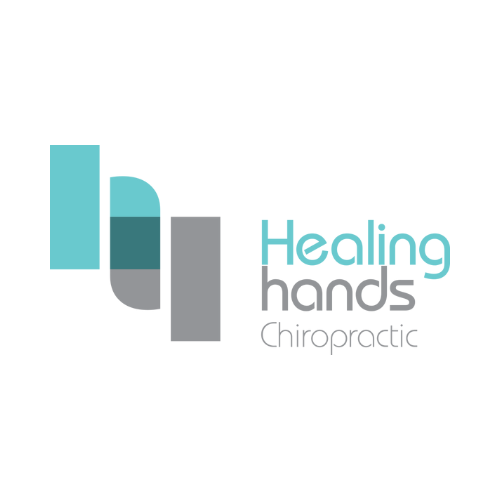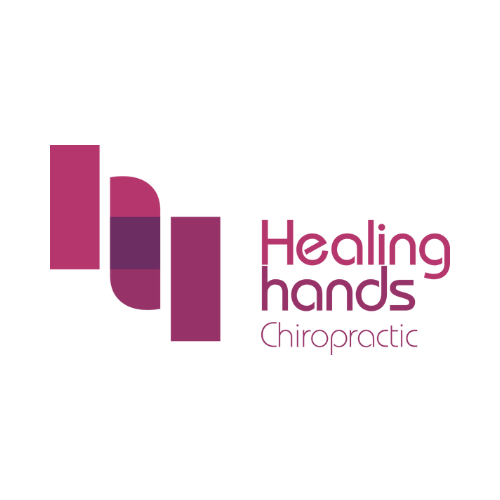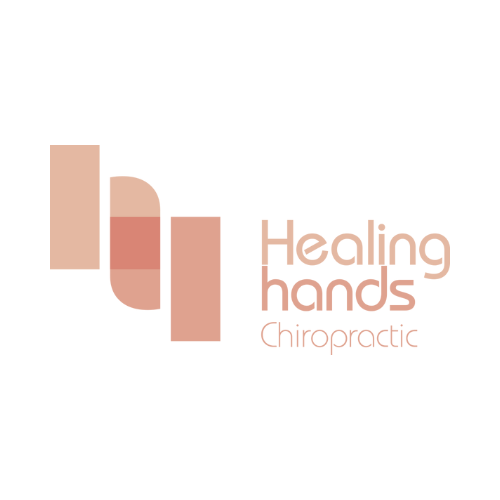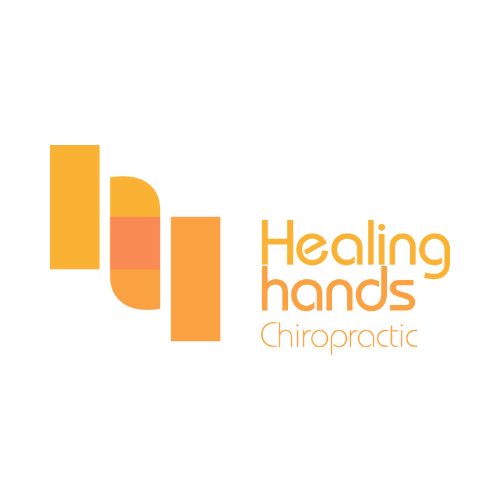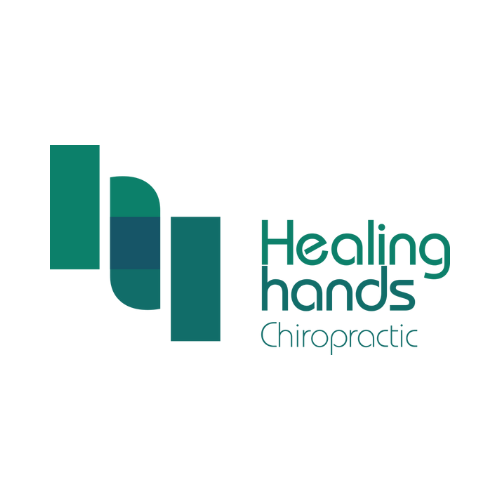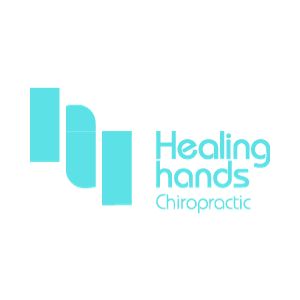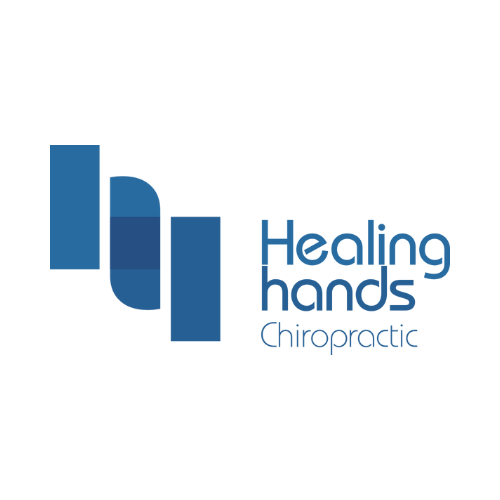Scoliosis
What is scoliosis?
Scoliosis is a deformity of a spine where it is curving sideways, giving an appearance of ‘C’ or ‘S’ shaped spine when looked from the frontal and/or back view (normally straight in such view). Unfortunately not much is known about the exact cause of scoliosis, hence the name ‘idiopathic scoliosis’ which idiopathic denotes “unknown cause” for majority of scoliosis cases. Consequently, scoliosis can invariably be accompanied by various undesirable outcomes as it gets worse overtime into adulthood.
Scoliosis Facts!
- Idiopathic: unknown origin
- Congenital: present since birth due to birth defects i.e. in the spinal bones.
- Neuromuscular: caused by nerve or muscle-related issues such as cerebral palsy or muscular dystrophy
- Degenerative: due to degeneration in bones and joints
- Functional: actually normal spine that appears to be curved due to other problems such as uneven leg length, abnormal weight-bearing, or muscle spasms on one side of the spinal muscles.
What are the symptoms of scoliosis?
Scoliosis is a sideways curvature of the spine that occurs most often during the growth spurt just before puberty. While scoliosis can be caused by conditions such as cerebral palsy and muscular dystrophy, the cause of most scoliosis is unknown.
- Uneven positioning of body parts (tilted head/shoulders/hips, uneven leg length, humps in the rib cage/shoulder blade) e.g. from sitting too long in front of a computer, notebook, from studying etc.
- Imbalance in muscle tone: can lead to Stiffness and reduced range of motion (lack of stretching, poor ergonomics etc)
- Poor posture
- Pain in the neck, shoulders, back, and hips
- Abnormal stress on internal organs causing disturbance in their functions (heart problems, breathing difficulty, constipation, painful menses, and etc.)
- Higher risk of degeneration of bones and joints in the spine
- Lower self-esteem due to the deformed appearance of the overall body shape
- In some cases, especially as the condition progresses, a noticeable curve can be seen in the spine when looking from behind.
- In severe cases, the rib cage might press against the lungs and heart, making it more challenging to breathe.
It’s worth noting that mild cases of scoliosis might not result in any noticeable symptoms, and the condition can sometimes only be identified during routine medical exams. If you or someone you know suspects they might have scoliosis, it’s essential to see a healthcare professional for an accurate diagnosis and appropriate management.
What are the complications from scoliosis?
Scoliosis can range from mild to severe, and the potential complications can vary depending on the degree and location of the curvature, as well as the age at which it develops. Here are some potential complications that can arise from scoliosis:
Chronic Pain: Adult patients, especially, may experience chronic back pain, though this is less common in children and adolescents.
Lung and Heart Damage: In severe scoliosis, the rib cage might press against the lungs and heart, potentially reducing their function. This could lead to difficulty breathing and reduced cardiac efficiency.
Reduced Range of Motion: The spinal curvature can limit the range of motion, making it harder to perform certain activities or movements.
Appearance Concerns: Visible signs of scoliosis, like uneven shoulders or a hump in the back, can lead to self-consciousness or lowered self-esteem, especially in adolescents.
Spinal Degeneration: Adults with scoliosis can sometimes experience increased wear and tear or degeneration of spinal discs and vertebrae.
Nervous System Issues: In some cases, especially if the scoliosis progresses rapidly, there can be pressure on the spinal cord or nerve roots, leading to symptoms like numbness, tingling, or weakness.
Complications from Surgery: If surgical intervention is necessary, as with all surgeries, there are risks of complications such as infection, bleeding, pain, or nerve damage. There’s also a chance that the surgery may not fully correct the problem, or the curvature could return after the operation.
Increased Risk of Respiratory Infections: Reduced lung function can increase the risk of respiratory infections and pneumonia.
Digestive Issues: In severe cases, the curvature might affect the positioning and function of the stomach, leading to digestive problems.
It’s important to note that many people with mild scoliosis will experience few, if any, complications. The risk of complications generally increases with the severity of the curvature. Regular monitoring by a healthcare professional is essential, especially during the adolescent growth spurt, as the curvature can progress rapidly during this period.
The common causes of scoliosis:
The exact cause of scoliosis still remains largely unknown, hence why idiopathic scoliosis is the most common type (about 80%) while the rest is relatively rare. It most commonly affects children and adolescents, especially around the time of their growth spurts before puberty (age 9-15). But it can still arise in people who are both younger and older than such age.
It can often be undetected during the early stage as the curve may not significantly be severe enough to notice or cause symptoms such as but not limited to shortness of breath, one shoulder blade protruding out or more lowered than the other. The diagnosis of scoliosis is confirmed by imaging studies such as X-rays to determine its severity and the size or degree of the curve which is measured to be 10 degrees or more. A child in the early stages may be required to have regular imaging checks(X-rays) in order to assess the progression of scoliosis. If scoliosis is showing any of the following characteristics, it is regarded as a possible serious issue that can warrant referral to a medical specialists for further evaluation to eliminate possible implications of the condition.
- The degree of the scoliosis is twenty-five (25) degrees or more
- The degree of the scoliosis is shown to be progressing upon subsequent examinations
- It is curving to the left side in the chest area (heart/cardio implications will be a concern)
Detecting and managing scoliosis early is vital especially in children as their bones and joints have not fully matured and are still growing. Consequently, this puts them at a greater risk of their scoliosis progressing to a larger degree, due to poor postural habits, lack of ergonomics during studying, exercise etc. This will present more severe symptoms that are more likely to persist into their adulthood if the condition is not managed correctly, effectively and efficiently.
As mentioned above, adults can experience and/or have scoliosis as well. These cases are due to scoliosis continuing on from childhood, to ageing and/or degeneration naturally and prematurely in the spine which result in structural imbalance, deformity and instability due to neuromusculoskeletal impairments and conditions.
Do i need to see a doctor for scoliosis? When should I see a doctor?
Adolescence is a critical period for monitoring because the spine can rapidly change during growth spurts. If scoliosis is identified or suspected during this time, more frequent evaluations might be needed to monitor the curve’s progression.
For children and adolescents:
- Routine Check-ups: Scoliosis screenings are sometimes performed during regular pediatric or school physical examinations. If any concerns arise during these check-ups, further evaluation by a specialist may be recommended.
Here are some scenarios when you should consider seeing a doctor:
- Visible Curve: If there’s an observable curve in the spine or if the body appears tilted to one side.
- Uneven Shoulders, Hips, or Waist: One shoulder or hip appearing higher than the other or an uneven waist can be indicative of scoliosis.
- Ribs Prominent on One Side: When bending forward, if the ribs on one side appear more pronounced than on the other.
- Chronic Back Pain: While many factors can contribute to back pain, it’s worth evaluating if scoliosis is a potential cause, especially in adults.
- Family History: Scoliosis can run in families. If a close family member has been diagnosed with scoliosis, periodic screenings are a good idea.
If you observe or experience any signs or symptoms of scoliosis, it’s essential to consult with a primary care doctor. They might refer you to an orthopedic specialist or a spine specialist for further evaluation and management. Remember, while mild scoliosis might not require active treatment, monitoring is essential to ensure the curve doesn’t progress. In more pronounced cases, early intervention can help manage the condition and prevent complications.
What are the treatments for scoliosis?
The treatment for scoliosis depends on several factors, including the degree of the curve, the location and pattern of the curve, the age of the patient, and whether the person’s spine is still growing.
1. Observation: For curves that are less than 20-25 degrees, and especially if the patient is nearing the end of their growth phase, the doctor might recommend periodic check-ups to monitor the curvature and ensure it doesn’t progress.
2. Bracing: For growing individuals with curves that range between 25 and 45 degrees, a brace might be recommended. The goal of bracing isn’t necessarily to correct the curve but to prevent it from getting worse. The type of brace and the duration it’s worn each day will depend on the specifics of the curve.
- Underarm Brace: Made of plastic and contoured to conform to the body. This is worn under the clothes and is usually prescribed for curves in the upper spine.
- Milwaukee Brace: This brace can be used for curves anywhere in the spine. It has a neck ring and rests on the hips with a bar in the front and the back.
3. Surgery: For severe cases or when the curve continues to progress despite non-surgical treatments, surgery might be recommended. The most common procedure is spinal fusion, where the vertebrae are fused together using grafts, rods, screws, and cages to correct and stabilize the spine.
- Growing Rods: For very young children with scoliosis, growing rods might be implanted. These rods are lengthened every six months to keep pace with the child’s growth.
4. Chiropractic Adjustment: Some adults with scoliosis experience pain related to their condition. Chiropractic adjustments and manipulations can help alleviate discomfort by improving joint mobility and reducing muscle tension. Regular chiropractic adjustments can help with posture and can potentially provide improvements in spinal alignment.
5. Emerging Techniques: Techniques like vertebral body tethering, which involves attaching a flexible cord to the vertebrae to correct the curve while allowing for more motion than traditional fusion, are being studied and used in specific cases.
6. Pain Management: For adults who experience pain as a result of scoliosis, treatments might include pain medications, physical therapy, and sometimes injections.
It’s crucial to have an individualized approach to treating scoliosis, as each case is unique. Regular communication with healthcare professionals ensures the most appropriate treatment plan and the best possible outcome.
Is chiropractic treatment good for scoliosis? Should i see a chiropractor?
Although chiropractors do not necessarily aim to ‘straighten’ the abnormal curve of a scoliosis condition, we can still help in managing it so that it does not become unnecessary burden in your life or manage it from getting worse. Our goal is to allow you to live a life without restrictions and for you to live it to the fullest regardless if you have scoliosis. With Healing Hands, we work together with you and your child to make this happen through physical education, develop good postural, exercise and ergonomic habits that will allow you, the patient to decide what’s best for your body and health in the long run.
Holistic Approach: Chiropractors often take a holistic view of patient health. Instead of just focusing on the scoliosis, they might assess the entire musculoskeletal system, including the spine and pelvis, to see if other imbalances might worsen scoliosis.
Non-invasive: Chiropractic adjustments are non-invasive, making them an attractive option for those who want to avoid medications or surgery.
Immediate Relief: Some patients report immediate relief after an adjustment, though this can vary.
Improved Mobility: Adjustments and associated therapies can lead to increased range of motion in some patients.
Healing Hands treatment is designed to help restore the alignment and functional movements of the spinal joints which can reduce the strain on both the spine and the rest of the body through better movement and function. Additionally, our treatment approach and with your personal commitment to your health, can help your body and spine to stabilize the progression of the scoliosis so that it does not prematurely deteriorate, weaken and lead to more severe symptoms or other associated problems.
At Healing Hands Chiropractic, we can help those suffering from scoliosis by managing the debilitating effects resulting from scoliosis, as well as preventing it from getting worse. It’s imperative that cases or suspected cases of scoliosis be known for preventative reasons at the early stages of the condition which can start as early as nine years old.
Why Choose Us?
Healing Hands Chiropractic has been in the industry for 12 years and has a team of experienced chiropractors dedicated to helping patients with tension relief and management. We are experienced in relieving tensions and are able to help you to manage the pain using holistic and effective means. Healing Hands Chiropractic Singapore is one of the most reviewed and trustable chiropractic clinic. With over 1600+ five star reviews and real before vs after patients photos, you can entrust us with your health!
Get Rid of the pain today
Want To Have a Healthier and Happier life?
Book Your Appointment Today!
What To Expect During Your 1st Visit
Identifying postural imbalances to detect any differences in weight between the right and the left sides of the body, alignment from our head all the way down
to our hips. Tyron thermographic spinal scan helps to measure the muscle temperature around the spine. It detects areas with the greater temperature where muscles are working harder due to poor posture.
1-on-1 consultation with our Chiropractors with a detailed review of your health history.
Our Chiropractor will investigate and educate you on the necessary steps forward in reaching your health goals.
Our Chiropractors will perform a series of range of motion tests to determine your current body condition and an adjustment will be administered if deemed
clinically safe to do so.
Our Chiropractors will use their hands or a small instrument to apply a controlled force to the spinal joints. “Crack” or “Pop” sound may occur as your spine gets manipulated. Do not be alarmed, as the adjustment releases trapped gasses from your joints.
X-Rays will be prescribed so that we can accurately diagnose your condition before prescribing a customized treatment program. It is also for your safety and for us to rule out any possible underlying conditions that cannot be treated by Chiropractic.
The review of your X-rays is complimentary at your following visit if you take up the X-rays with our preferred diagnostic partners.
Frequently Asked Questions
A chiropractor provides non-invasive treatments with the benefits of spinal adjustments and realigning the joints to improve the system and function throughout the body.
In general, chiropractors believe in the ability of the body to self-heal through Chiropractic adjustment with the help of modalities such as the Flexion distraction table, E-stim, Denneroll, and functional exercises. They also utilize various other treatment modalities such as ultrasound, bodywork, etc. to get patients back to health.
We recommend seeing one if you are experiencing any discomfort, pains or aches in your muscles or joints. Check out the list of conditions we treat here.
Most importantly, do not wait until you are experiencing pain or worse, numbness to see a chiropractor. Often, pain is the last thing that shows up but the first to go away after chiropractic treatment.
There is no better time to visit the highest rated chiropractor in Singapore. Book your appointment here.
Chiropractic adjustment should not be painful. However, in some instances when the injury is either acute (happened recently) or sub-acute(on the road to recovery), the muscles and ligaments may prove to be guarded or sensitive to the touch, these are some exceptions.
A thorough examination of your complaints and conditions can alleviate any concerns that you may have.
It is a very safe & accurate thermographic scanner that scans the full spine or segmental parts of the spine in approximately 15 seconds. The Tytron detects areas of asymmetry as well as indicate areas with greater temperature due to acute soft tissue damage.
The Tytron scanner uses precision sensors, speciality lenses and a unique focusing system to give the chiropractor the most accurate and repeatable information available. You will be given a print out of your result on the first visit.
Book your first appointment with us to experience the Healing Hands chiropractic journey.
X-rays are recommended if you want to take care of your condition holistically and to get to the root of the issues. It is also for the patients safety and for us to rule out any possible underlying conditions that cannot be treated by Chiropractic adjustment. Just like your regular health check up, X-rays serve to give you and the chiropractor an insight to your spinal health as our naked eyes can only tell a rough story.
Our Chiropractors will use their hands or a small instrument to apply a controlled force to the spinal joints.
A “Crack” or “Pop” sound may occur as your spine gets manipulated. Do not be alarmed, as the adjustment releases trapped gasses from your joints.
Yes, we have both Male and Female Chiropractors at Healing Hands Chiropractic Singapore.
Our Female Chiropractors are stationed at Healing Hands Ang Mo Kio.and Healing Hands Bedok
All our Chiropractors believe in personalised care supported by time-tested techniques enhanced with the most efficient time frame. All our Chiropractors embody our 3 core values; Care For Patient, Integrity and Attention to Detail.
Yes, neck adjustments are a very safe treatment when performed by chiropractors as they are trained in the correct techniques to manipulate the joints safely. Healing Hands chiropractors also ensure that it is clinically safe enough for the adjustment before they perform it. This is also one of the reason why X-rays are required before more customised treatment can be done to ensure that your body is able to receive it.
The benefits of getting chiropractic treatment helps with reducing pain and increase joint mobility. We’ve written an article all about it here.
There also seems to be a lot of concern about the safety of getting adjusted by a chiropractor. However, when done by a professional chiropractor, spinal manipulation and Chiropractic care are generally considered safe, and effective treatments for acute pain.
Healing Hands Chiropractic Singapore has been treating thousands of patients since 2010 and many have benefited from it.
We hope to tell people more about chiropractic so that more can come to understand and appreciate how chiropractors can help with the various conditions for the people in Singapore.ut chiropractic so that people can understand and appreciate Chiropractic.
According to MOH, there are currently 150 chiropractors in Singapore. Choosing the most effective chiropractor for you may be challenging.
That is why we have written an article about 5 ways to find a good Chiropractor. In short,
1) Know your own health goals.
2) Integrity and confidence of the Chiropractor.
3) Word of mouth or reviews about the Chiropractor.
4) Clinical competency and experience of the Chiropractors.
5) The willingness of the Chiropractor to refer out.

